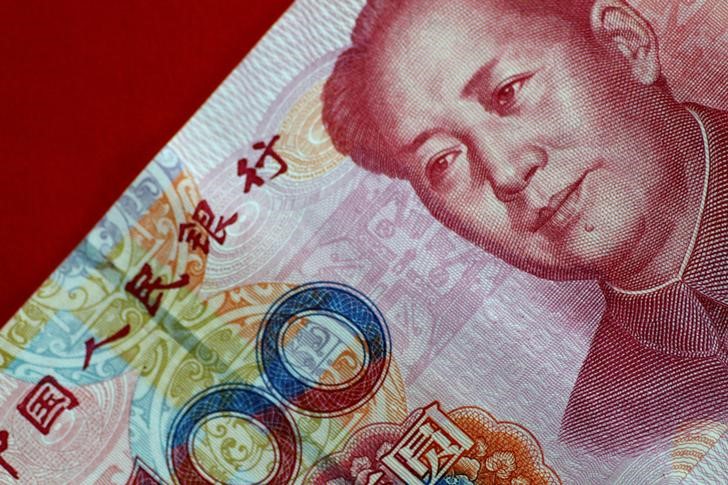By Ambar Warrick
Investing.com-- Most Asian currencies crept lower on Monday, while the dollar steadied amid growing fears of more hawkish moves by the Federal Reserve on signs of resilience in the U.S. economy.
Trading volumes in the region were thinned by holidays in Japan and South Korea. But Chinese markets resumed trade after a week-long holiday.
The yuan moved little in early trade, hovering around 7.1139 to the dollar as markets awaited a slew of major economic events in the country this week. The People’s Bank of China is expected to decide on interest rates, while trade and inflation readings for September will shine more light on a potential economic recovery.
Caixin data over the weekend showed that China’s services sector unexpectedly shrank in September, amid continued pressure from COVID-related disruptions.
The Chinese communist party will meet for its 20th congress on Sunday, which is expected to determine policy for the next five years. Markets are positioning for the announcement of any measures to stimulate economic growth.
Most other Asian currencies retreated. The Japanese yen fell 0.1% and was trading just below a 24-year low to the dollar, while the Thai baht led losses in Southeast Asia with a 0.4% dip.
The Australian dollar shed 0.1%, extending last week's losses after the Reserve Bank of Australia raised interest rates by less than expected, sending a dovish signal.
Data on Friday showed that the U.S. labor market remained robust, giving the Federal Reserve enough space to keep hiking rates sharply. Markets are pricing in an over 80% chance that the Fed will hike rates by 75 basis points in November.
U.S. CPI inflation data due this week is also expected to factor into the Fed’s plan to raise interest rates.
The dollar index and dollar futures were flat around 112 on Monday, after rallying sharply on Friday. Expectations of more hawkish moves by the Fed are set to keep the greenback upbeat in the near term.
The currency also saw increased safe haven demand amid worsening geopolitical conditions in Europe and Asia. The explosion of a major Russia-Crimea bridge marked an escalation in the Russia-Ukraine war, while tensions in the Korean peninsula hit a high after North Korea launched ballistic missiles.
